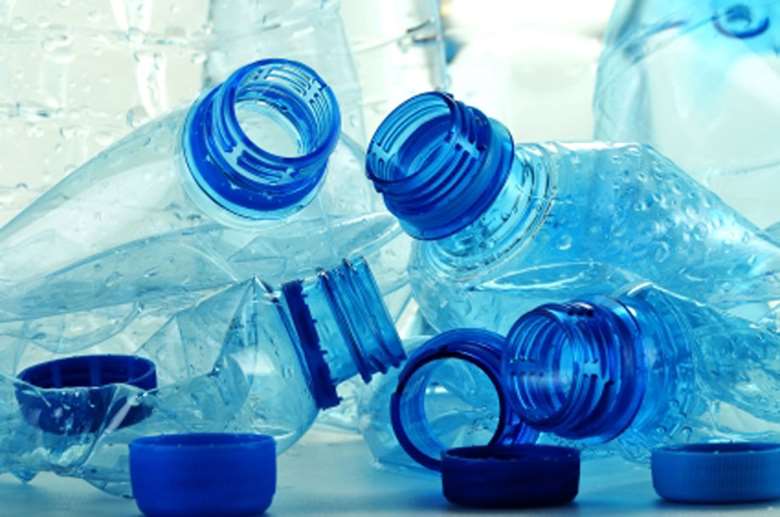Under-threes play ideas - bottles and tubes
Wednesday, February 20, 2013
Bottles and tubes are great staples for fun play and learning

Bottles
Create a collection of plastic bottles
- Vary: * the colour * size – ideally, try to get a big water-cooler bottle, and * shape – from ketchup bottles to cordial bottles with a square base.
- Wash them all carefully and make sure the lids fit securely.
Make them eye-catching
- Collect items to put in the bottles. Choose ones that will appeal to children’s senses, so vary: * the colours * shapes * textures and * weight of the objects, as well as the noise that they make when shaken.
- Fill some with objects - for example, tinsel, balls of bath oil, straws, bells and marbles. If you wish, you could use small amounts of food stuffs, such as coloured sweets, lentils and rice.
- Fill some with liquids – for example, soapy water, oil and water, fabric conditioner and water with food colouring, glitter, sand and small beads.
- Cover some with photographs or pictures of family members, animals, flowers, people and children, toys and popular characters from children’s TV and film.
- Paint bright patterns on some bottles to use with slightly older children who won’t want to chew the paint.
Exploring…small bottles
- Let the children explore the bottles by ‘theme’. For example, provide small selections of ones that are filled with liquids, are visually interesting or make appealing noises.
- Present the bottles in a supermarket bottle carrier for children to explore and to carry around the room. Paint the carrier and glue shapes or pictures to make it more appealing.
- With babies, shake the bottles – one at a time - in front of the baby’s face, so allowing them to track the movement of the contents.
- Draw toddlers’ attention to the colours, sounds and movements of the contents or the decorations on the bottles.
- Encourage the children to roll the bottles, large and small and of different shapes. Sit opposite a toddler and suggest they roll the bottle. Alternatively, roll a bottle away from you and encourage the child to do the same.
- As the children get older, allow them to explore the bottles freely.
- Use the bottles as shakers when sharing rhymes and songs with the children.
Exploring...giant bottles
- If you’ve been able to obtain a large water-cooler bottle, invite the children to insert small items, for example, beads, wine bottle corks andchains, into large (water-cooler) bottles. Draw the children's attention to the interesting sounds made by the items as they hit the base of the bottle.
- Provide the children with wooden spatulas to beat the bottles. Once again, the contents will make fascinating sounds as the bottles are beaten.
- Allow the children to fill and empty these bottles with materials of their choice.
- Sit together and roll them to one another, listening to the sounds.
- If there is space the children can work together and push the water containers around. Again, call attention to sounds they are creating.
Tubes
Create a collection of tubes
Include poster tubes, transparent tubes (available from pet shops), sweet tubes, tubes from rolls of wrapping paper, kitchen foil, etc.
Exploring…
- Seal tubes and fill, decorate and use them n the same way as bottles (see above). They can also be decorated with eye-catching wrapping paper.
- Place scarves in the tubes and allow babies to pull the scarf out from the other end.
- Hold a large tube at a 45-degree angle and allow the children to put a ball in one end of the tube before running to the other end to catch it as it comes out. Place a basket at the end to catch the balls.
- Use rolled-up socks, beanbags or soft balls to play 'pin bowling'. Stand the tubes in a line and encourage the children to take aim with the soft balls to try and knock over the tubes.
- Encourage children to put batons into tubes. Alternative batons could include lolly sticks or Smartie tubes taped together.
- Pierce holes in the lids of tubes, thread through wool and use as mobiles.
When using these suggestions, make sure that your resources are clean and safe for young children and that the activity is age appropriate - the ideas outlined cover the birth to three age range
Based on ideas by Alice Sharp, managing director of training and resources company, Experiential Play, http://www.experientialplay.com




